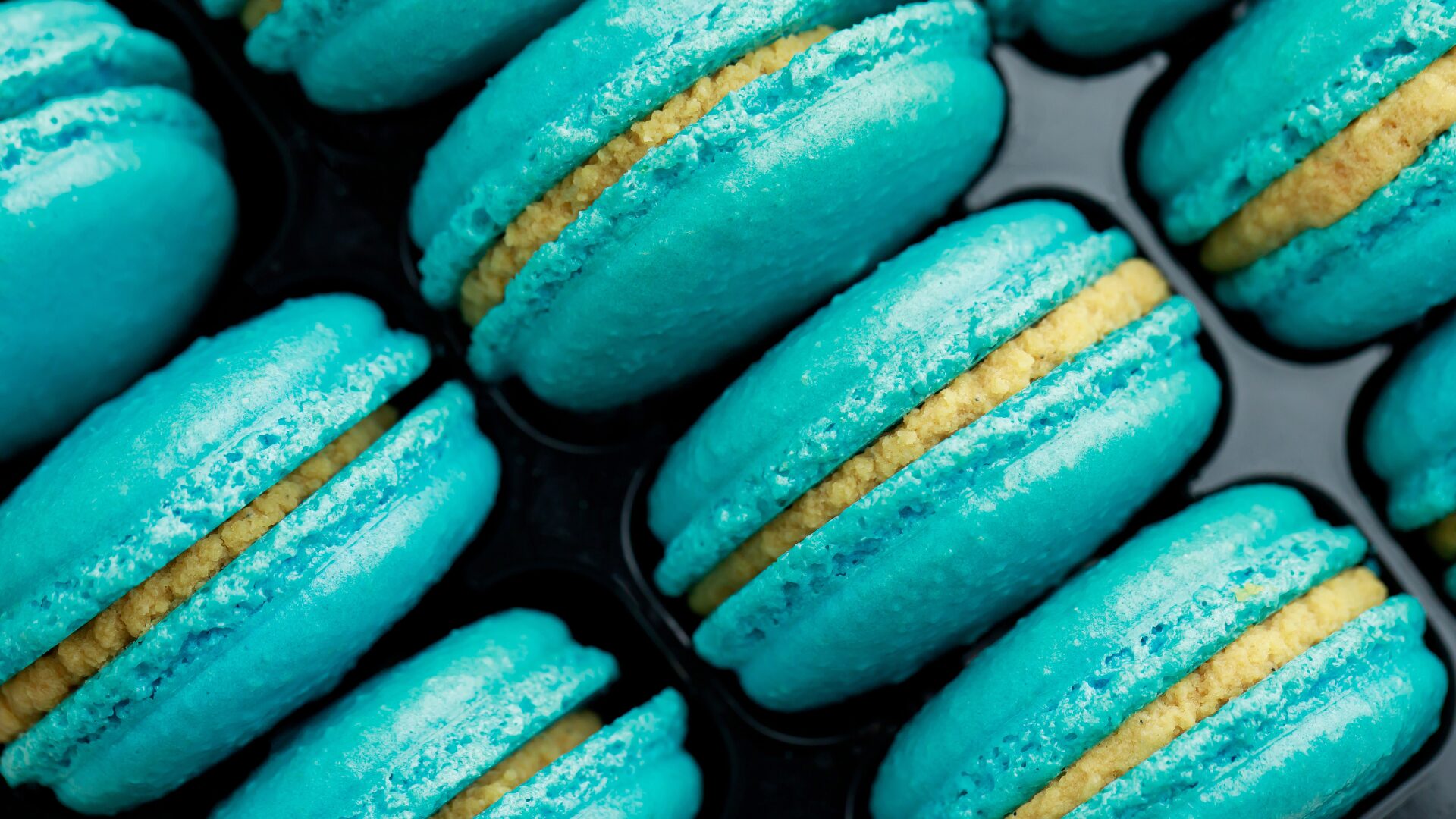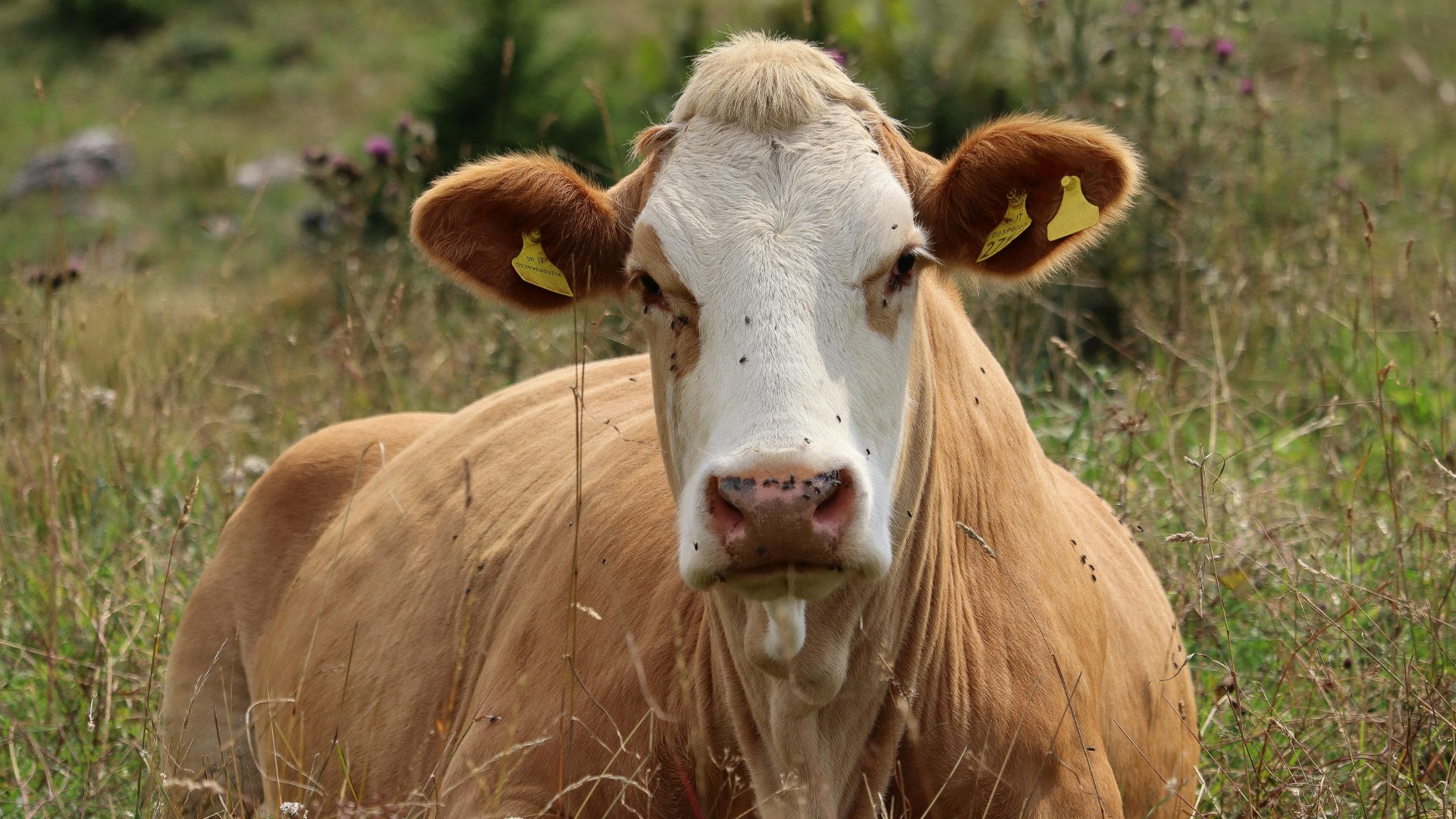Recently, the U.S. Food and Drug Administration approved three natural dyes for use in food and beverage manufacturing following a move to phase out petroleum-based synthetic dyes in partnership with the Department of Health and Human Services.
At the time, many praised the joint initiative, observing that the government was taking crucial steps to enhance domestic health and wellness by aligning its approved additives more closely with those in European and Canadian markets. Skeptics, however, pointed out that the announcement did little to tackle the issue, as it only mentioned that they were collaborating with industry stakeholders to eliminate potentially harmful dyes.
Despite this, the administration has taken a firm stance on promoting healthier dyes, permitting the following natural additives for the F&B industry:
- Galdieria extract blue, derived from red algae, has been approved for use in various non-alcoholic beverages and beverage bases, grains, and confectionery offerings.
- Butterfly pea flower extract, a blue color that can be used to achieve blue, purple, and green shades; already approved for use in various beverages, candies, yogurts, and dairy items, the use case has since expanded to cereals, crackers, and salty snacks.
- Calcium phosphate, a white color, has been approved for use in ready-to-eat chicken products, white candy melts, doughnut sugar, and sugar for coated candies.
Jamie K. Alan, associate professor of pharmacology and toxicology at Michigan State University, confirmed to The New York Times that these additives are accompanied by a “pretty good body of literature” that advocates for their safety.
The Legislative Landscape
“It’s good news that the FDA has approved several natural colors,” Environmental Working Group SVP of government affairs Scott Faber told The Food Institute.
However, he added that the administration’s lack of official ruling or guidances has done little to convert CPGs and foodservice establishments to switch to healthier alternatives.
In one example, Faber explained that, although EWG is happy to see the approval of calcium phosphate as a whitener, the FDA still allows titanium dioxide as an approved additive, which the International Agency for Research on Cancer has classified as possibly carcinogenic. The additive in question was originally included in the watershed California Assembly Bill 418, which banned several dyes in the state, arguably jumpstarting the movement for state legislatures to criticize FDA safety assessments on chemical additives.
The final draft of the bill, however, did not include the whitening agent.
Following in California’s footsteps, West Virginia recently banned a suite of additives, begetting a movement of over thirty states that have since followed suit.
Currently, there are 65 active bills addressing food chemicals in the U.S. food supply, with an additional eight having already been adopted since the start of the year. According to EWG analysis, Titanium Dioxide is included in nearly 25 bills combating food dyes.
Faber said that work needs to be done on all fronts to remove unhealthy chemicals from the nation’s food supply.
“The states are making real progress, said Faber. “There is a belief that all change comes from Washington. These people are missing the work that state legislatures are doing to make the food system safer.”
Industry Reactions Vary
Burger chain In-N-Out recently confirmed that it would phase out some of its synthetic food dyes, including Yellow 5 and Red 40, as well as artificial sweeteners, no doubt in response to the HHS push and the overarching Make America Healthy Again movement that accelerated it.
The chain told Good Morning America that it will also stop using preservative calcium propionate and corn-derived sweetener high-fructose corn syrup.
Confectionery manufacturers, on the other hand, are not as forthcoming with these modifications.
Dum-Dums Lollipops owner Spangler Candy Company criticized the recent push to natural alternatives. In an interview with Bloomberg, it noted how consumers dissented when the brand swapped Red 40 with carmine, an additive that comes from cochineal insects.
“It’s likely that when we get to the end of 2026 that we will still have products that will still have these artificial colors,” Vashaw said. “One, there might not even be the supply for these natural colors, and two, we have to do what the consumers want, and it’s not clear to us that these consumers want these natural colors.”
He added that many of these natural alternatives can change the taste or texture of the confectionery item, posing adoption challenges for manufacturers.
Industry stakeholders, such as Consumer Brands Association president and CEO Melissa Hockstad, point to the fact that healthcare professionals have indicated ambivalence about the real harm many of these additives pose to American consumers.
“The ingredients used in America’s food supply have been rigorously studied following an objective science and risk-based evaluation process and have been demonstrated to be safe,” Hockstad said.
These responses signal headwinds for the FDA’s initiative to convince CPGs to consider the approved alternatives.
The Food Institute Podcast
Just how difficult is it to scale a better-for-you snack company? Rebecca Brady, founder and CEO of Top Seedz, shares how she turned a homegrown idea into a rapidly scaling snack brand and breaks down the strategy behind her growth, from bootstrapping production to landing national retail partnerships.












